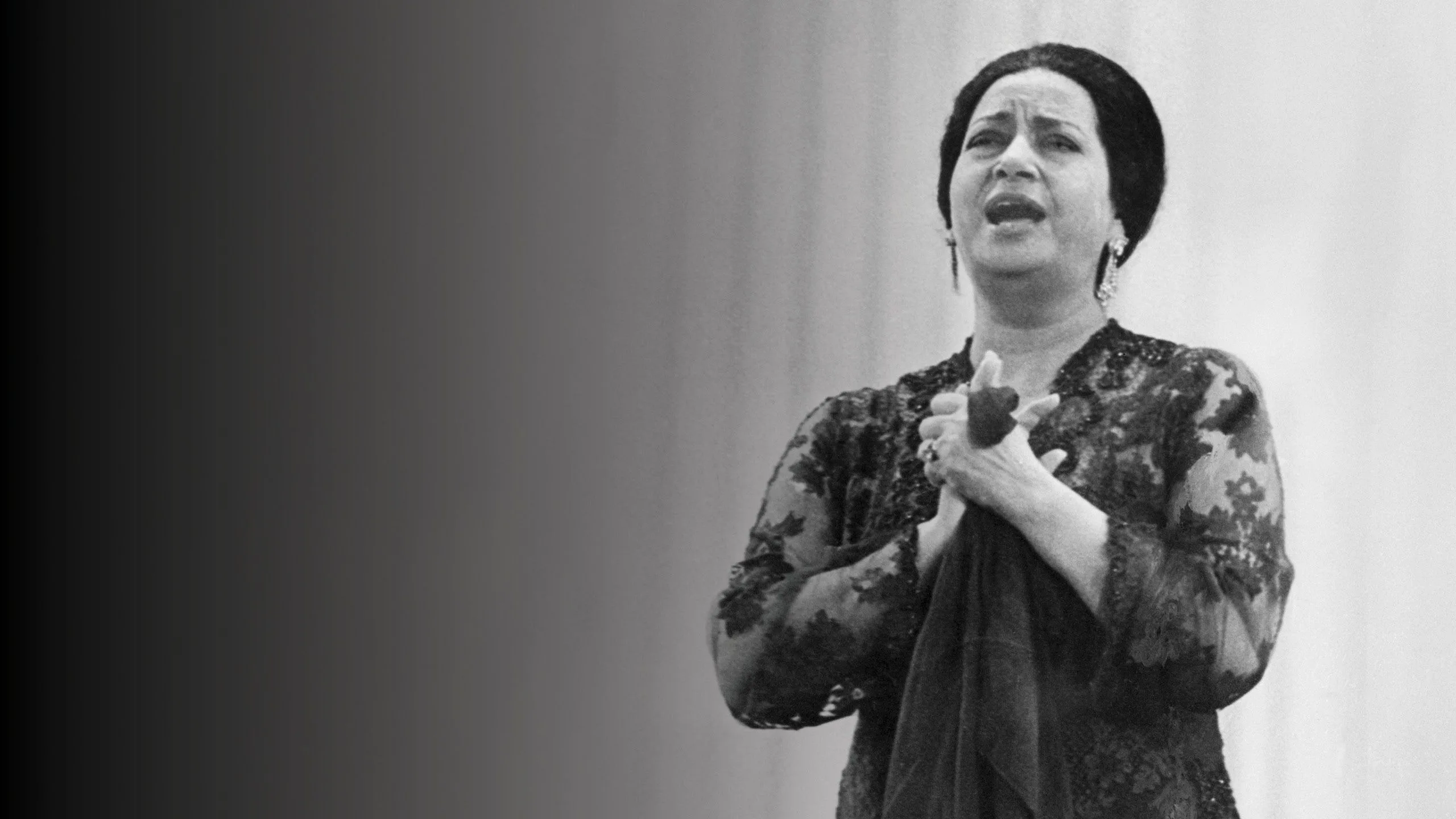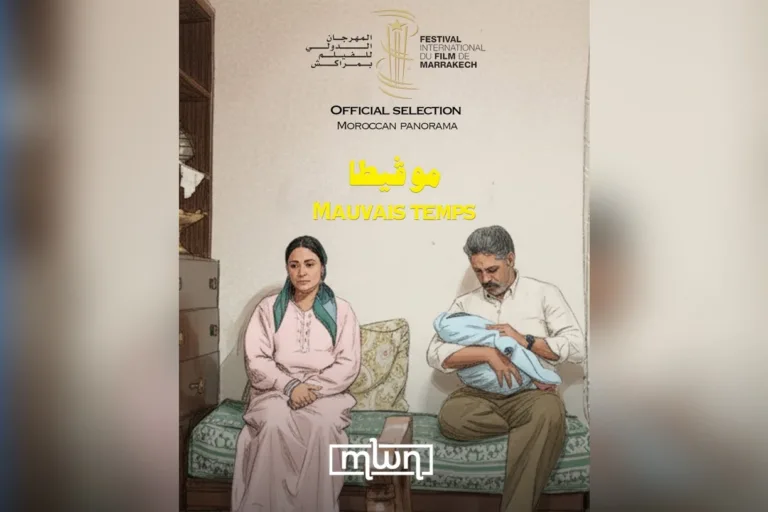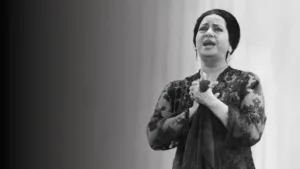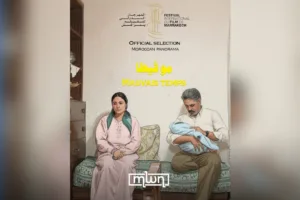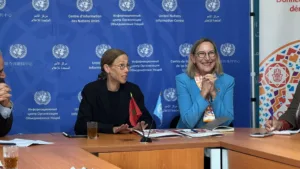Marrakech – Umm Kulthum was born Fatima Ibrahim al-Biltagi in a small village in Egypt’s Nile Delta. Sources vary on her birthdate, some list May 4, 1904, while others say December 31, 1898.
Her father was a village imam who sang religious songs, and he recognized his daughter’s extraordinary voice early on.
Because it was socially taboo for girls to perform in public in that era, Umm Kulthum sometimes dressed as a boy when performing with her father in local weddings and religious festivals.
Around 1923, her family moved to Cairo, where she began to take music more seriously, training in classical Arabic poetry and song.
By the mid‑1920s, she started making recordings and soon became a beloved performer in salons, theatres, and on the radio.
Her breakthrough came in part through collaborations with top poets and composers of her time.
She worked with figures like Ahmed Shawqi, Bayram al‑Tounisi, and later the composer Muhammad Abd al‑Wahhab, creating songs that became classics.
Umm Kulthum’s popularity soared. She became known as Kawkab al-Sharq (“Star of the East”) for her commanding presence and impact.
Each month, she gave a concert on the radio (traditionally on the first Thursday), which became a ritual for many across the Arab world.
Her repertoire was vast, religious songs, love ballads, patriotic anthems. During Egypt’s political upheavals, she used her music to reflect national sentiment.
For instance, she sang in support of Gamal Abdel Nasser and donated concert proceeds to Egyptian causes.
Iconic songs
“Inta Umri” (“You Are My Life”): One of her most famous songs, composed by Muhammad Abd al‑Wahhab.
“Alf Leila wa Leila” (“A Thousand and One Nights”): A sweeping, emotional masterpiece composed by Baligh Hamdi with lyrics by Morsi Jamil Aziz.
“Siret al-Ḥubb” (“The Story of Love”): First performed in 1964, another collaboration with Morsi Gamil Aziz and Baligh Hamdi.
She struggled with health issues later in life. Among them were eye problems, which forced her to wear dark glasses, a signature part of her later image.
Personal life & challenges
She struggled with health issues later in life. Among them were eye problems, which forced her to wear dark glasses, a signature part of her later image.
Despite this, her voice remained powerful, nuanced, and deeply emotional.
Death & legacy
Umm Kulthum passed away on February 3, 1975 in Cairo. Her funeral was massive, millions of people lined the streets in grief.
Her legacy continues to live on:
There is an Umm Kulthum Museum in Cairo (in the Monastirli Palace) dedicated to her life and work.
Her music is still celebrated today; in 2025, on the 50th anniversary of her death, concerts and tributes (like the “Kalthoumiate” tour) are keeping her spirit alive.
Musicians from around the world continue to be inspired by her. For instance, French-Lebanese jazz musician Amin Małouf reinterpreted her song Alf Leila wa Leila in a jazz style, showing how her music transcends genres.

